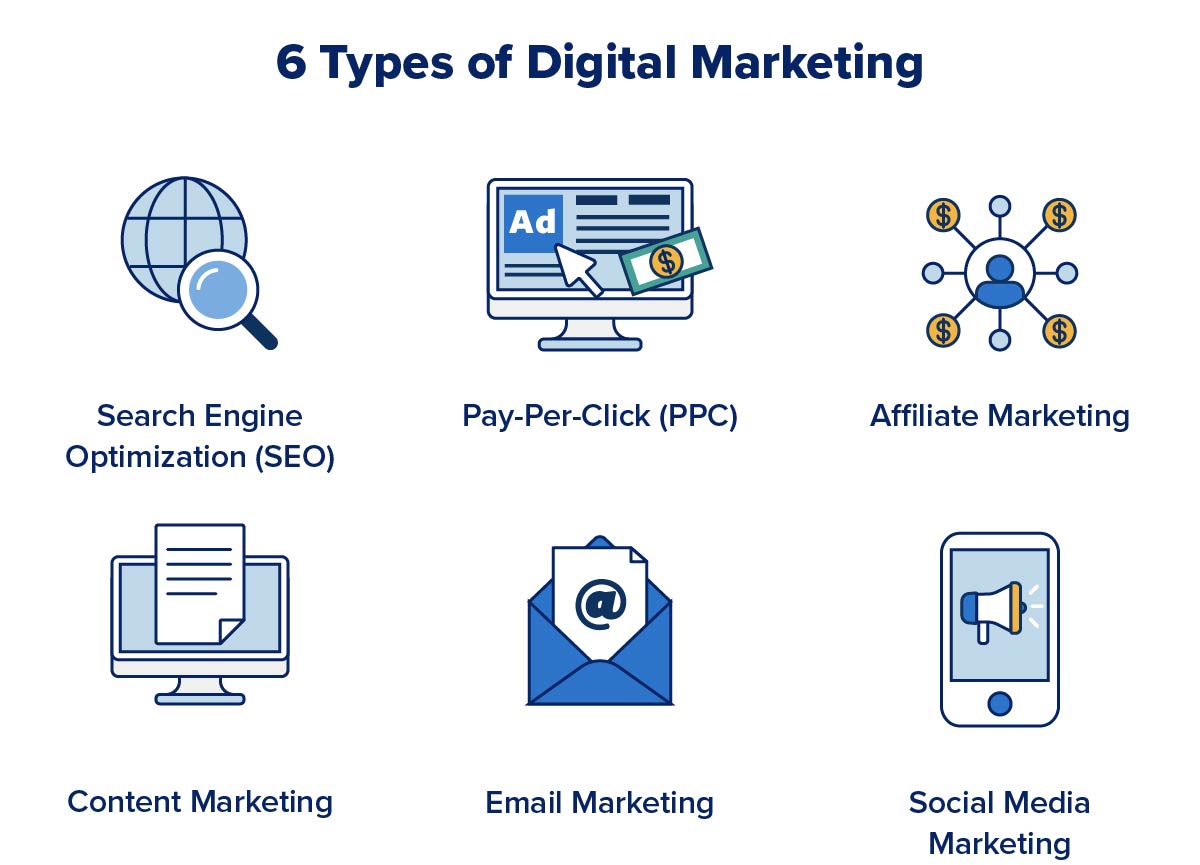Dominate Online Search Engine with SEO Carlsbad: Unmatched Presence Awaits
Dominate Online Search Engine with SEO Carlsbad: Unmatched Presence Awaits
Blog Article
Enhance User Experience and Drive Web Traffic With Receptive Web Design
In today's digital landscape, where individuals are accessing internet sites from a wide range of tools, receptive web design has actually become much more vital than ever. With its ability to adjust and seamlessly change to various display dimensions, responsive style not just improves user experience however additionally drives website traffic to your internet site.
Why Receptive Internet Design Matters
Receptive internet style is an essential facet of contemporary web advancement as a result of its ability to ensure ideal user experience throughout various tools and display dimensions. With the spreading of smartphones, tablets, and various other smart phones, it has actually become vital for web sites to adapt and provide seamless capability despite the tool being utilized.
The primary reason why receptive website design matters is that it enables users to have a satisfying and regular browsing experience, no matter of the tool they are making use of. A responsive site automatically adjusts its material, layout, and format elements to fit the display dimension and resolution of the gadget, ensuring that customers can easily engage and browse with the internet site with no trouble or stress.
Additionally, receptive website design likewise plays a considerable function in search engine optimization (SEARCH ENGINE OPTIMIZATION) Online search engine, such as Google, prioritize websites that are responsive and mobile-friendly in their search engine result. By integrating receptive layout principles, internet sites can boost their exposure and position, leading to increased organic traffic and potential customers.

Boosting User Involvement With Responsive Style
Optimizing individual engagement is an essential goal of receptive style, as it makes sure that customers can quickly access and communicate with site web content on any kind of gadget. With the enhancing use tablets and smart devices, it is important for websites to adjust to various display sizes and resolutions. Responsive layout allows web sites to immediately readjust their design and web content to provide a smooth customer experience throughout devices.
One of the primary means receptive layout enhances user interaction is by decreasing tons times. With a receptive internet site, users don't need to wait for separate mobile variations to tons, causing quicker accessibility to content. This improved speed leads to greater individual complete satisfaction and urges them to spend more time on the site.
Additionally, receptive design improves individual engagement by improving navigating and interface (seo Carlsbad). When a web site is developed responsively, switches and food selections are enhanced for touch interactions, making it simpler for individuals to navigate and communicate with the site on their mobile gadgets. This user-friendly and user-friendly experience keeps individuals engaged and motivates them to check out more of the web site
Additionally, receptive style enables better content visibility and readability. By adjusting the design and font style sizes to different devices, responsive sites make certain that customers can quickly understand the web content and read. This improves individual involvement by reducing the requirement for zooming or scrolling to review the text.
Increasing Website Traffic With Responsive Website Design
With the expanding appeal of smart phones, having an internet site that is receptive to various display dimensions and resolutions is important for driving raised website traffic. In today's electronic landscape, customers are accessing websites from a range of gadgets such as smartphones, tablets, and desktop computer computers. Each of these tools has different screen dimensions and resolutions, and if your website is not developed to adapt to these variations, it can result in a bad customer experience and a Check This Out loss of prospective web traffic.
Responsive website design makes sure that your internet site looks and functions ideally across all gadgets. By utilizing flexible grids, fluid images, and media inquiries, responsive style allows your website to automatically change its material, format, and navigating to fit any kind of display size. This implies that individuals will certainly have a smooth browsing experience no matter whether they are using a huge desktop or a small smart device computer.
Crucial Element of Reliable Responsive Style
Efficient responsive layout integrates several vital aspects that ensure a smooth customer experience throughout different tools. This permits content to be displayed in a readable and visually appealing fashion on any gadget.
Another vital component is media inquiries. These allow designers to apply different designs and layouts based on the features of the individual's tool, such as display dimension and orientation. By using media questions, developers can optimize the discussion of web content for every tool, guaranteeing that it is understandable and easily obtainable.
Receptive images are additionally vital in efficient responsive style. Photos that are also big can reduce web page lots times on mobile gadgets, while pictures that are too tiny may show up pixelated on bigger displays. By utilizing strategies such as receptive picture resizing and careless loading, developers can ensure visite site that images are suitably sized and enhanced for every tool.
Lastly, efficient receptive design entails a mobile-first technique. This suggests focusing on and creating material for smart phones initially, and after that expanding and enhancing the design for larger displays. This method makes sure that the most crucial content is easily accessible on smaller displays, while still providing a rich experience on bigger gadgets.
Best Practices for Applying Responsive Website Design
Applying receptive internet layout needs cautious factor to consider of different best practices to guarantee an optimal customer experience across different devices. When carrying out receptive web layout., right here are some key ideal methods to adhere to.
Firstly, it is crucial to prioritize mobile customers. With the boosting supremacy of smart phones, creating for mobile-first has actually come to be essential. Start deliberately for smaller sized displays and then considerably enhance the design for larger displays.

One more essential best method is to enhance photos for different display resolutions. Large images can slow down the loading time of your internet site, specifically on smart phones with slower connections. Use responsive pictures that can be resized based on the tool's screen resolution to improve efficiency.
Additionally, test your internet site on various tools and screen sizes to make sure a constant and smooth experience. There are numerous testing tools readily available that can assist you determine any type of problems and make necessary modifications.
Last but not least, prioritize use and access. Guarantee that your website is easy to navigate, with clear and concise material. Ensure that your website is available to individuals with specials needs and follows access standards.
Final Thought
In verdict, receptive web layout plays a crucial duty in improving user experience and driving traffic to web sites. By taking on receptive layout principles, web sites can from this source make sure ideal watching experiences throughout different gadgets, leading to increased individual involvement.
Optimizing user interaction is a vital objective of responsive design, as it ensures that individuals can quickly accessibility and engage with site web content on any kind of device. Responsive layout makes it possible for web sites to instantly readjust their design and web content to offer a seamless customer experience across gadgets.
Furthermore, receptive design improves customer interaction by boosting navigation and individual interface.Responsive photos are likewise critical in reliable receptive layout. By taking on responsive style principles, web sites can guarantee optimal checking out experiences across different tools, leading to increased user interaction.
Report this page